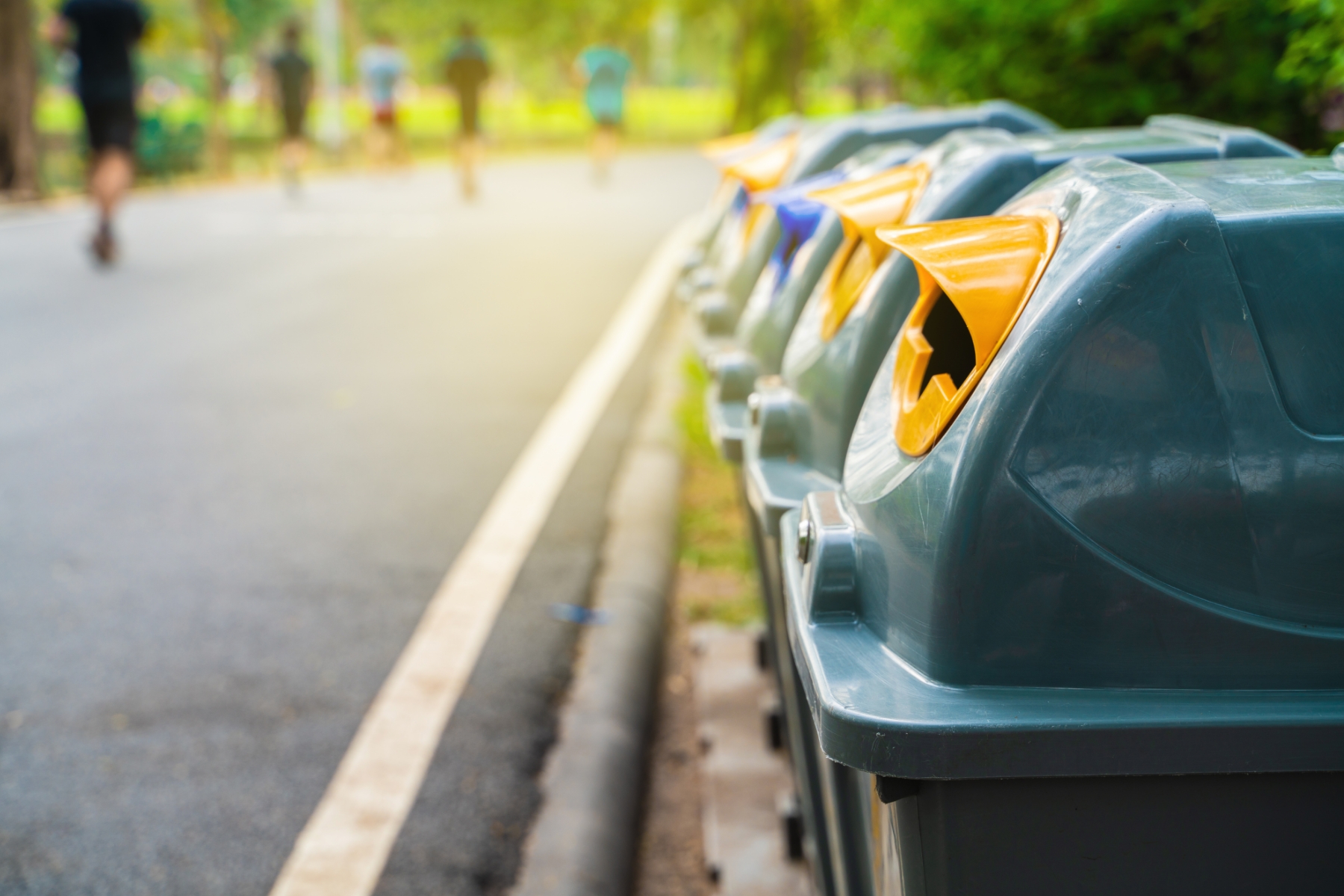Following the approval of the PPWR provisional agreement on April 24, 2024, brands and label converters are wondering how this will impact their decisions and what it means for the rest of the packaging value chain. At Avery Dennison, we know how important it is to choose the right labeling solutions for your packaging, and our team of experts has already done the legwork for you.
This article dives deeper into the PPWR's ramifications, immediate effects, and prospects for sustainability leadership and innovation. Insights into these updates will help you understand what these changes mean for the existing measures and how they will affect your labeling decisions.
The current state of the PPWR
The journey to finalize the PPWR has been lengthy and complex, largely due to its ambitious goal to fully transform the packaging industry across multiple sectors and geographies. Numerous stakeholders' diverse interests added to the challenges of creating a regulation that affects value chains within and outside the EU. These included EU member states, industry leaders, environmental groups, etc., each bringing unique perspectives and demands to the table.
While the provisional agreement has been reached, it will not obtain full legal status until it's published in the Official Journal of the European Union in Autumn 2024. Once published, it will take 18 months to become applicable. This offers a strategic window for businesses to align their practices with these new standards, ensuring compliance and building on the opportunities it offers.
Packaging value chain impacts and actions
From individual member states to recycling associations, manufacturers, suppliers, and brands, the PPWR is expected to bring about major changes across the entire packaging ecosystem. Among the immediate changes the industry will have to deal with are stringent requirements for recyclability, recycled content, and ambitious reuse targets. Even though they are intended to be fully implemented by 2030, the early adoption of some measures shows a decisive shift towards more sustainable practices. Additionally, the biggest immediate impact will be the enforcement of strict sustainability mandates, which include bans on harmful substances such as PFAS in food contact materials above minimum thresholds, set to go into effect as early as mid-2026, just 18 months after the regulation comes into force.




